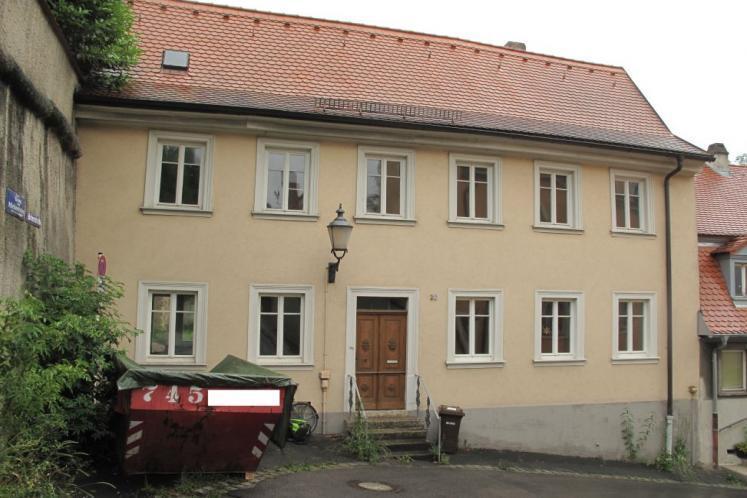Historic buildings are defining elements of city centres but also responsible for a large share of greenhouse gas emissions. In order to reduce their energy demand, it is important to improve envelopes’ thermal transmittance without damaging the historic integrity of their façades by applying interior insulation.
Thus, a detailed planning is needed to guarantee that case-specific variables are well considered. In this study, a holistic performance-based evaluation method is developed.
Firstly, the hygrothermal risks are investigated through dynamic hygrothermal simulation. Secondly, an energy assessment is performed, followed by a life-cycle assessment to investigate the environmental impact of the intervention.
The developed method is applied in the framework of a conservation and rehabilitation case of a residential building, to evaluate six natural-based insulation systems: perlite filled bricks, wood fibre, cellulose, cork, mineral foam, and calcium silicate.
Results show that vegetal-based materials have the lowest initial environmental impact. In any case, retrofit interventions proved to be crucial to reduce the overall environmental impact associated with the use of historic buildings.
The developed method, proving to be suitable for application to internally insulated historic buildings, supports a clear identification of the design solution with the lowest environmental impact by using a unique indicator.




